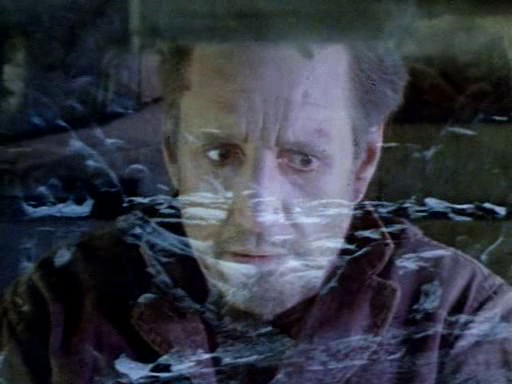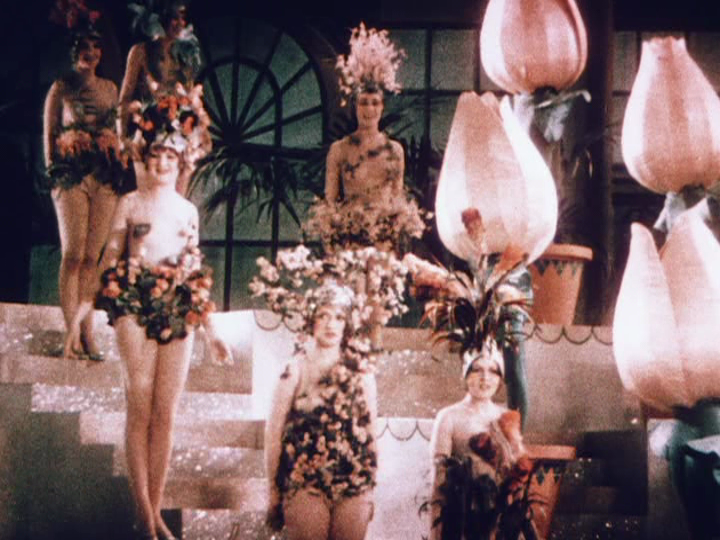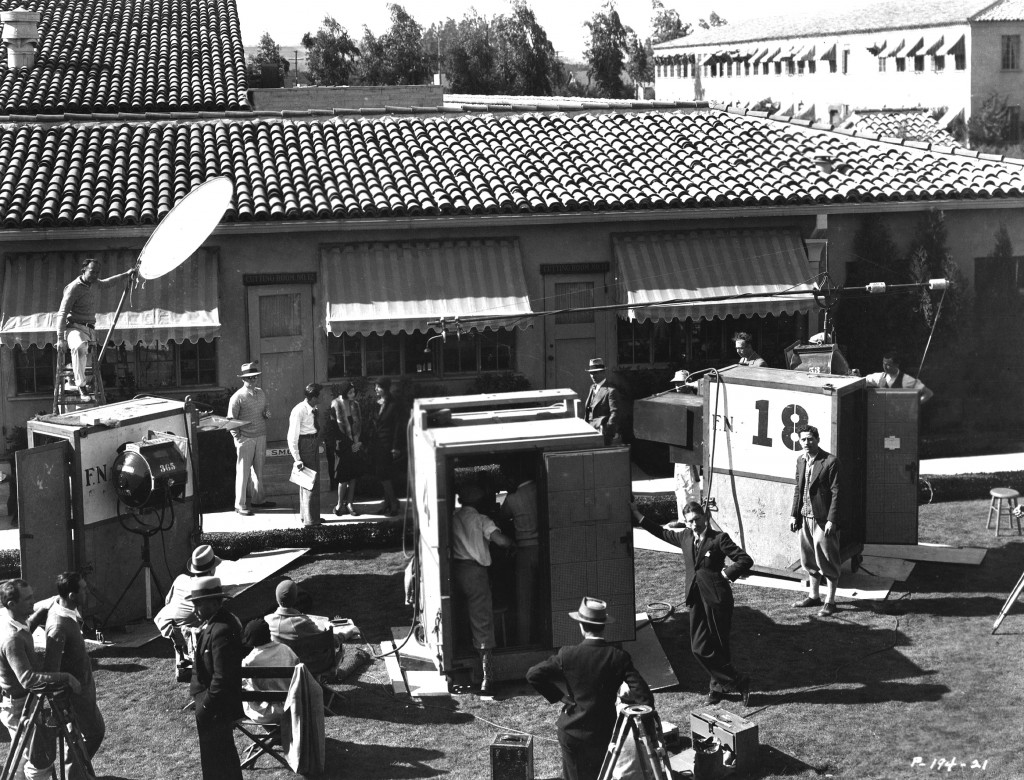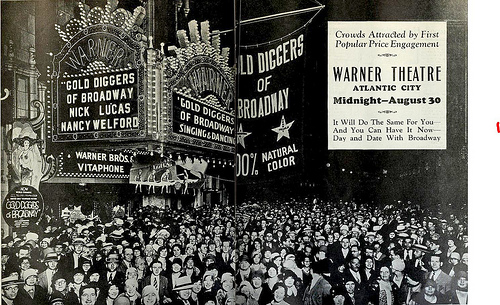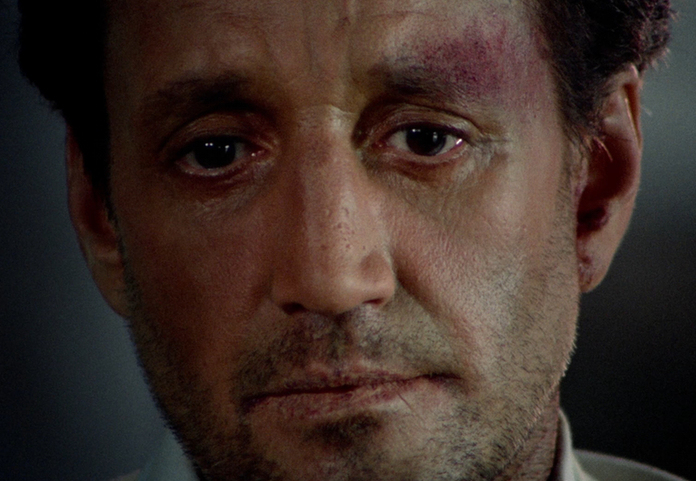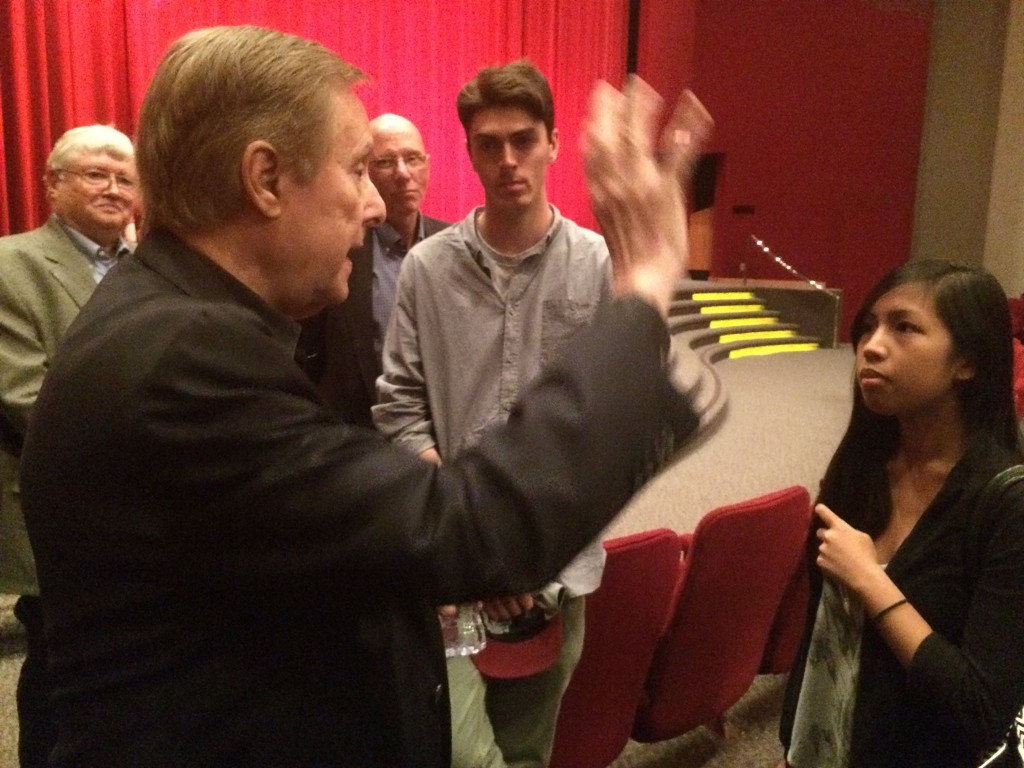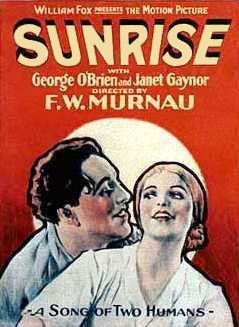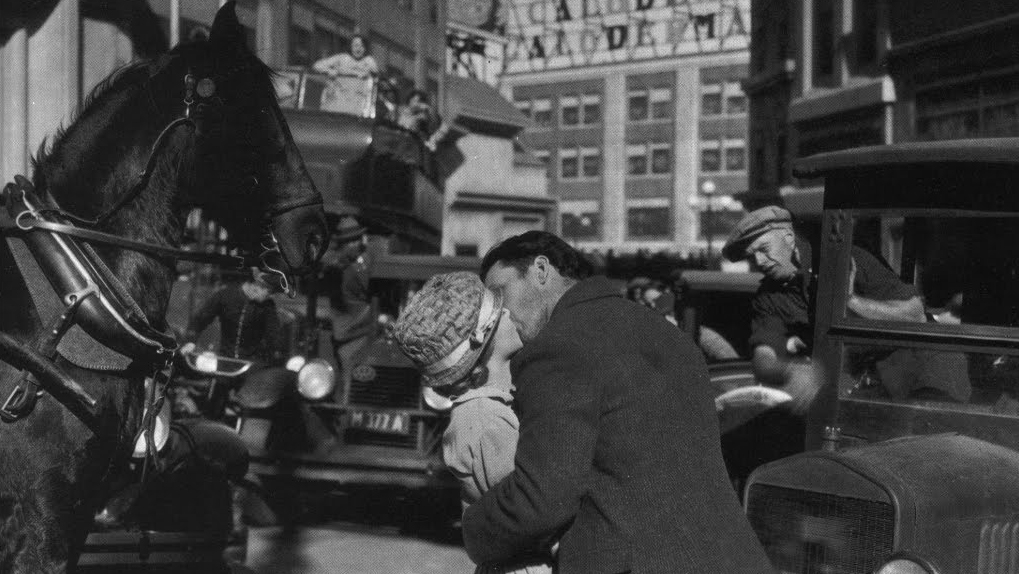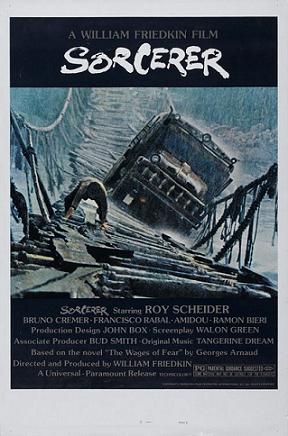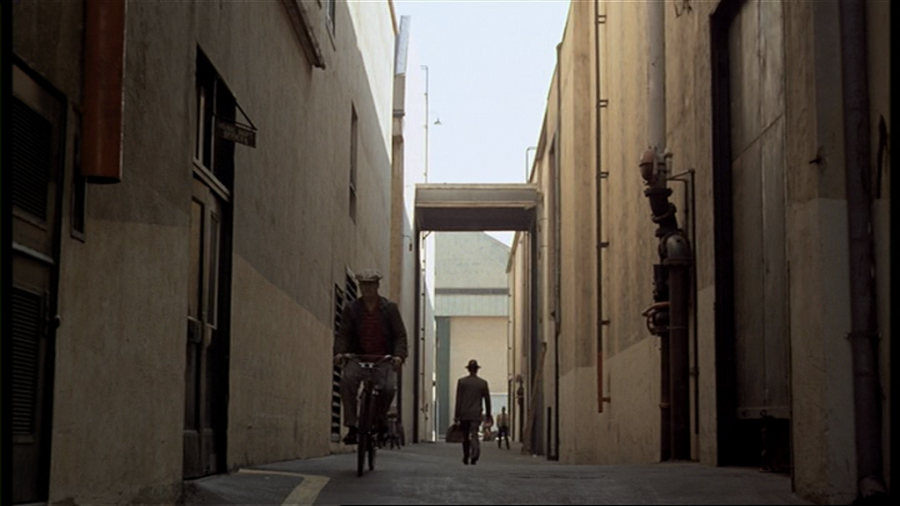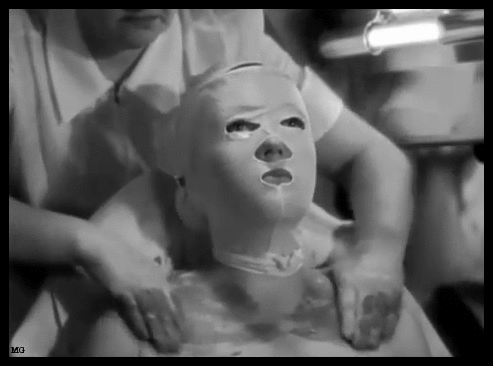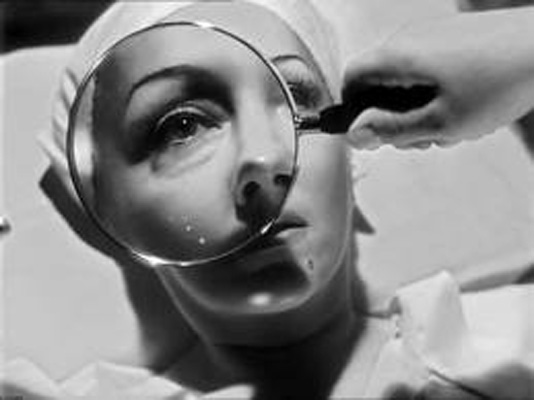The Final Day of the Turner Film festival was equally as entertaining and fulfilling as the previous two days. The whole experience of the festival was eye opening, and I felt it a rare privilege to be able to take advantage of all of the wonderful opportunities that were offered throughout the weekend. From watching Steamboat Bill Jr. (1928) accompanied by a live orchestra to seeing rediscovered Technicolor film clips to hearing the comedic yet wise words of Shirley Maclaine– it was a truly unique series of events that displayed the widespread appreciation of film history and the art form that went with it.
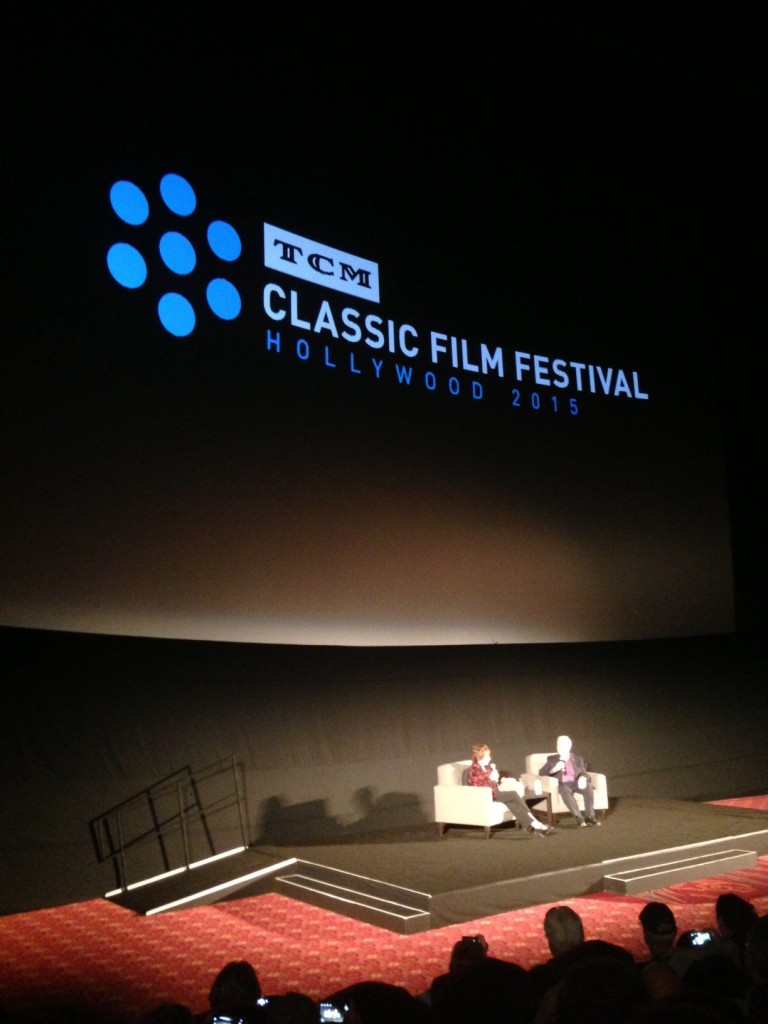
Walking through the film festival, people of all different ages excitedly waited in line for different pictures. The anticipation for certain events was tangible. Applause followed almost every famous line or entrance of a well-known actor or director (even if only an opening credit) while the faces of the audience seemed to remain in a fixed smile. What was so apparent about this group of people was their genuine and endless appreciation for the history of filmmaking — both the ways films were made and the people who took risks and inspired so many others in making them. The excitement was contagious.
Although there are many different moments I could elaborate on, I was most moved by the interview with Shirley Maclaine that preceded the showing of The Children’s Hour directed by William Wyler in 1961. First of all, THIS WOMAN IS EIGHTY YEARS OLD. This is the first time where I have fully stood behind the mantra “age is just a number” simply because of how clever, intelligent, sassy, and wise Maclaine still is. Continuously provoking laughter in her audience, the actress and dancer also frequently poked fun at the interviewer as well as a bald guy in the front row, referring to his head as a shiny bowling ball. Jokes aside, Maclaine is truly a gem within the world of Hollywood.

At one point, the interviewer asked Maclaine why she thought Wyler made the movie. This stumped her for a few minutes, and then she answered, “Well, he made it partly because there truly is an ounce of truth in every lie.“ I got to thinking about her statement and considered how true that really was, especially in the case of The Children’s Hour. In Martha’s case, it is apparent that a child’s bold and elaborate lie is what ultimately led her to realize her own truth and love for Karen. For Karen, however, this lie completely unraveled her life, despite the fact that she felt no romantic feelings towards her best friend. From a different standpoint, however, she ultimately ended her relationship with her fiancée once she realized that he slightly doubted the truth. Going along the same vein, Mary Tillford’s lie eventually led her grandmother to uncover the maliciousness of her granddaughter and perhaps realities about her own insecurities. Thus, it gradually became more evident how a lie can bring out ounces of the truth in any one person, regardless of the initial effects it might have.

THANK YOU TURNER FILM FESTIVAL!




